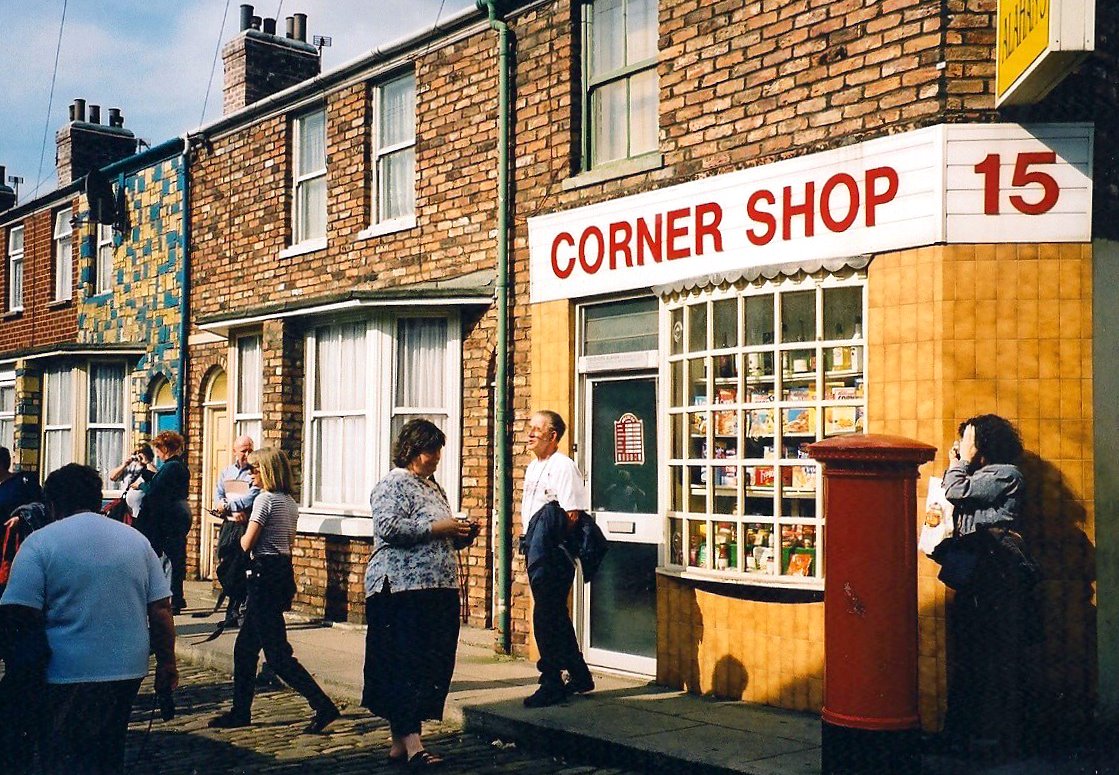
It seems there are an awful lot of 3D print services available today – but can they all survive?
Only a few years ago there were relatively few services you could contract to perform a 3D print. These tended to be industrial operations providing prototyped parts for companies. Then, companies like Shapeways, Sculpteo and i.Materialise emerged to address “consumer” 3D printing service needs. Most recently we’ve seen the arrival of 3D printing community networks like 3D Hubs or Makexyz that enable local access to inexpensive 3D printers in a kind of shared services model.
But in addition to the “giant” 3D printing companies above there are now perhaps hundreds of locally operating small 3D print services. The 3D printing service makexyz intends to connect smaller printers with customers. They may be a sideline business from a company owning a 3D printer for other purposes, who wishes to keep it busy, or perhaps from a new, dedicated shop providing 3D print services with a limited fleet of printers.
Our question is, can the small 3D print services survive against big, international-level competition?
We think they can – for a time.
While 3D printing technology is still slowly becoming known among the public, they have a chance to capture clients that actually may not be aware of the big companies, or whose unfamiliarity with the technology may drive them toward a friendly, local face that provides them some comfort and confidence.
But ultimately this is a game of efficiency, which will be won by the big companies who have the potential to leverage the biggest economies of scale. When everyone knows the players and 3D printing has become more-or-less a commodity-type service, they’ll win and the small, neighborhood print services will begin to fade.
Unless their strategy is to become big, too.
Image credit: Wikipedia

